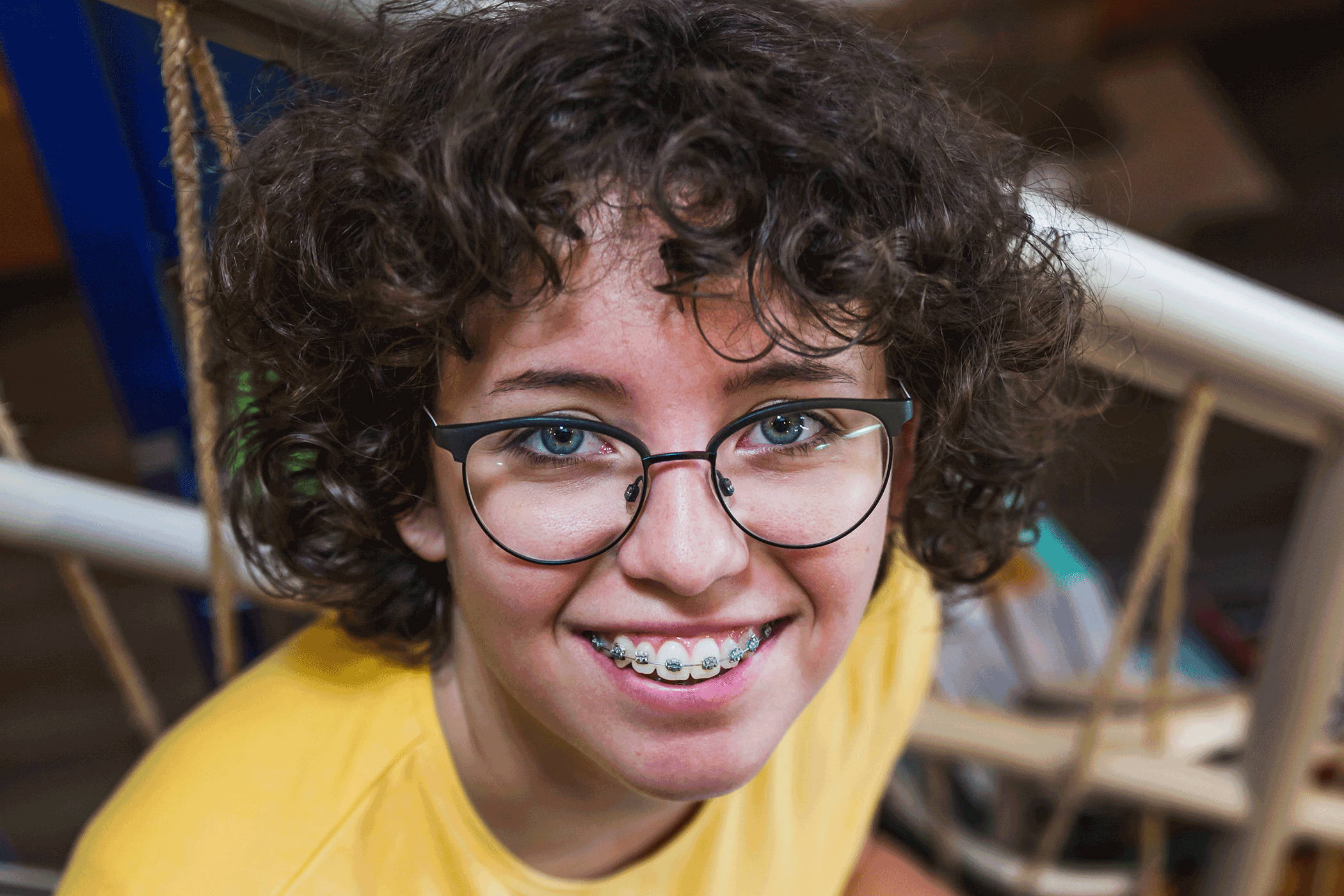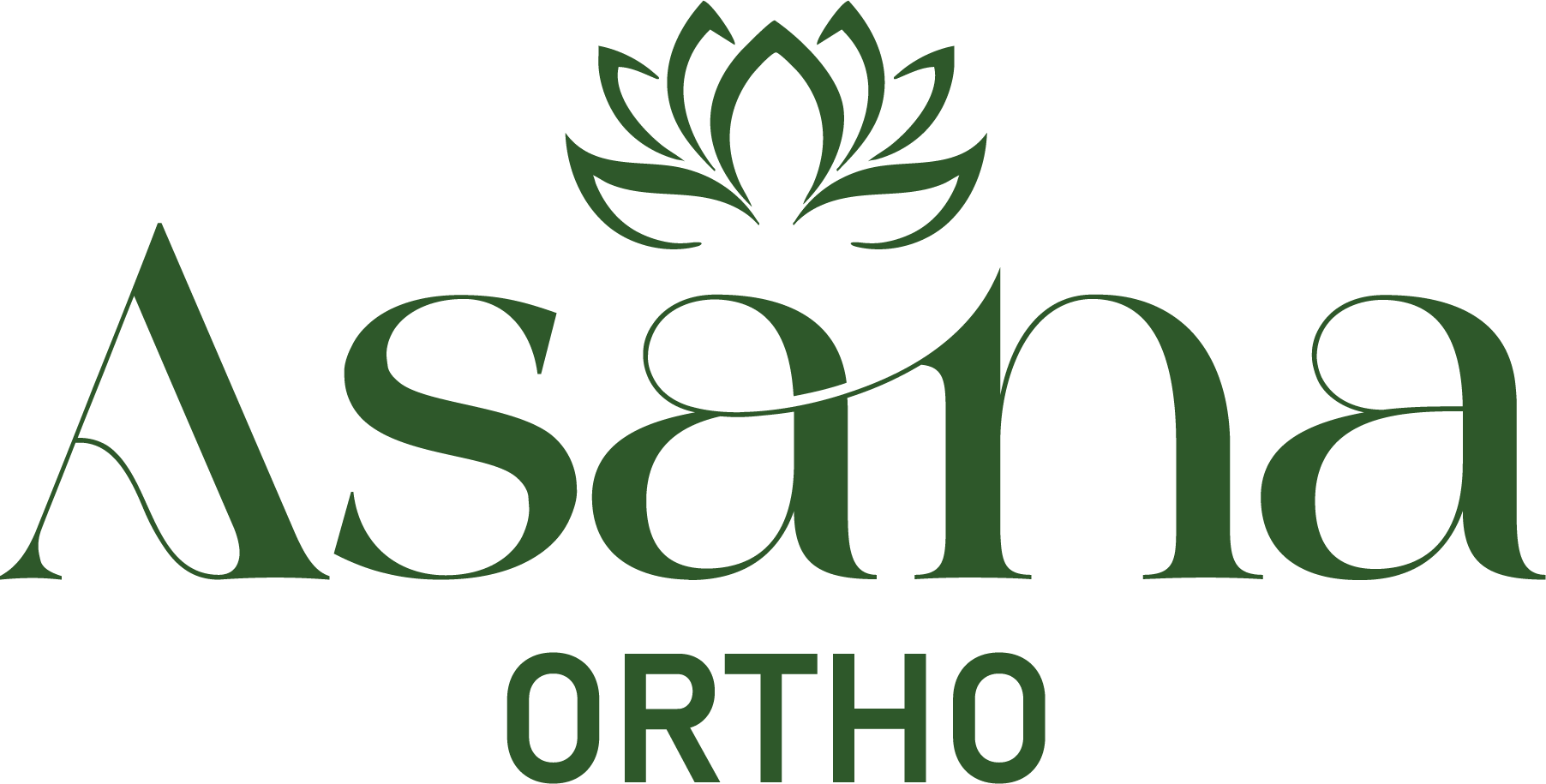
The teenage years are a common time for orthodontic treatment. By this stage, most permanent teeth have erupted, the jaw is still growing, and alignment issues are easier to address. But how do you know if your teen really needs braces or Invisalign?
Understanding the signs, treatment benefits, and differences between these two popular options can help families make informed decisions about their teen’s smile.
Teens are at a unique stage of development—most permanent teeth are in place, but the jaw and bite are still forming. This makes orthodontic care especially effective during adolescence. Treatment at this stage can:
Orthodontic treatment in the teen years not only enhances appearance but also supports long-term oral health.
While only an orthodontist can confirm whether treatment is needed, there are several signs parents and teens can look for:
If any of these apply, it’s worth scheduling an orthodontic evaluation.
Braces have long been a trusted method of aligning teeth and correcting bites. Today’s braces are more comfortable and customizable than ever.
Braces are often chosen for teens who need significant bite correction or who may not wear aligners consistently.
Invisalign is a clear aligner system designed for comfort and discretion. For many teens, Invisalign offers a flexible and appealing alternative to traditional braces.
Invisalign works well for many mild to moderate orthodontic issues and is especially popular among teens involved in sports, music, or social activities.
Both braces and Invisalign are effective, but each comes with unique considerations.
The right choice depends on your teen’s specific needs, lifestyle, and ability to stay consistent.
Teenagers often feel pressure about their appearance, and a misaligned smile can impact self-esteem. Orthodontic treatment not only improves oral health but also builds confidence. Whether through braces or Invisalign, a straighter smile can help teens feel more comfortable in school, on stage, or in social settings.
The best way to know if your teen needs braces or Invisalign is to schedule a professional evaluation. Orthodontists can use X-rays, photos, and digital scans to assess alignment, bite, and jaw growth.
The earlier concerns are identified, the more options are available to create a treatment plan that balances health, function, and confidence.
Braces and Invisalign are both powerful tools for creating balanced, healthy smiles. Braces may be ideal for complex cases or for teens who need a fixed solution, while Invisalign offers comfort and discretion for motivated teens.
Parents who notice signs of misalignment or bite issues should seek an orthodontic consultation. Professional guidance ensures treatment starts at the right time and supports long-term oral health.
Helping your teen achieve a confident smile is an important investment in both health and self-esteem. At Asana Orthodontics in Albany, CA, Dr. Nourah Abdul Kader and Dr. Laurie Estes provide expert orthodontic care in a yoga-inspired, mindful environment. From braces to Invisalign, we help teens and families find balance, comfort, and results that last.
Schedule a consultation today to discover the best orthodontic treatment for your teen.

Braces vs. Invisalign in Albany, CA — Which is Right for You? Home Blog When it comes to achieving a straighter smile, patients today have more options than…
Braces vs. Invisalign in Albany, CA — Which is Right for You?…
The Benefits of Early Orthodontic Treatment for Kids Home Blog When most…
Yoga and Orthodontics — How Mindfulness Supports a Healthy Smile Home Blog…
How to Know If Your Teen Needs Braces or Invisalign Home Blog…
Palatal Expanders Explained — What Albany Parents Should Know Home Blog When…
Invisalign for Adults — Why It’s Never Too Late for a Confident…
